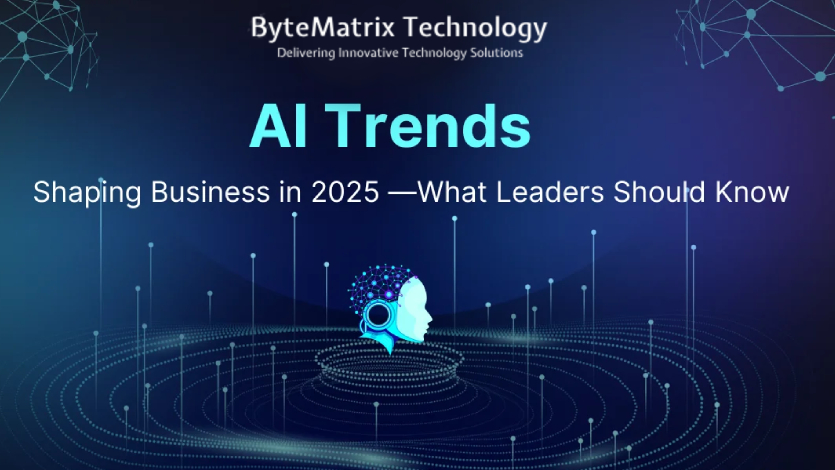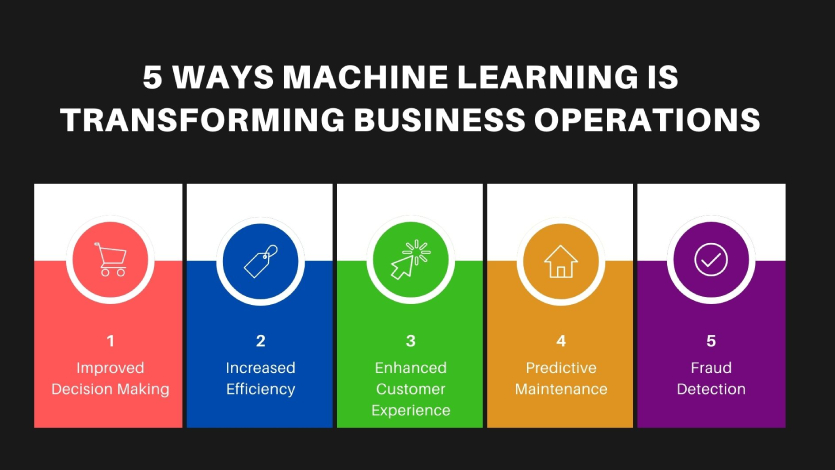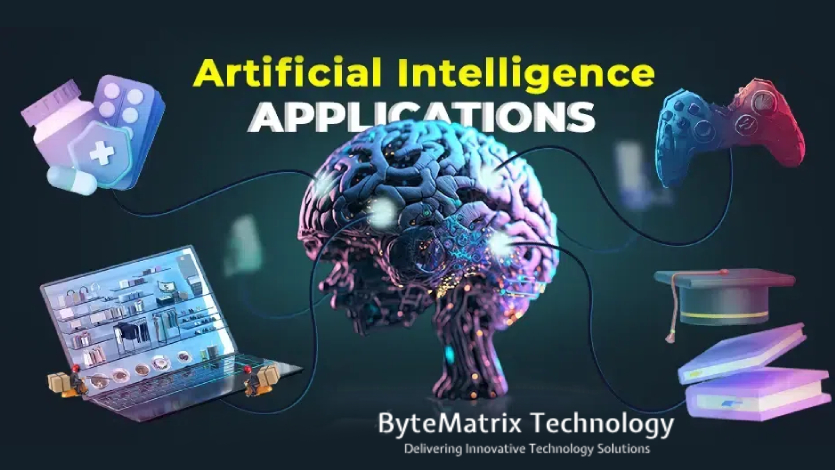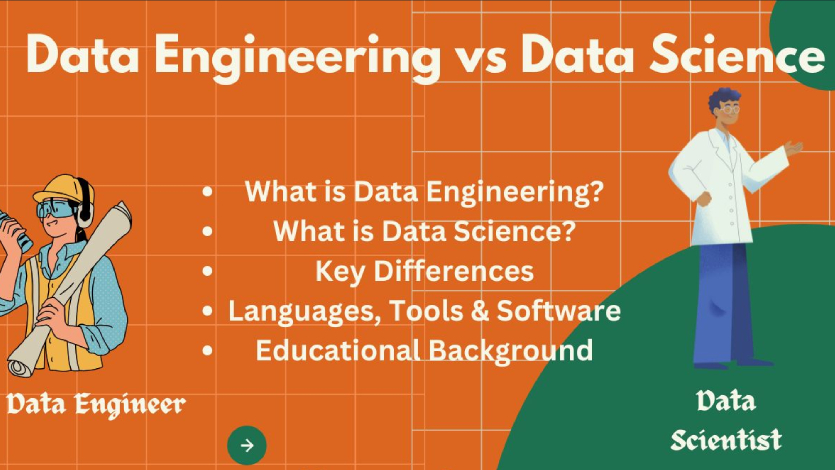
Artificial Intelligence (AI) has rapidly moved from experimental research into everyday applications. In 2025, AI is not just a buzzword—it's a core driver of innovation across industries, reshaping the way we work, communicate, and live. From smarter workplaces to more personalized experiences, AI is setting the tone for the next decade of technology.
Let's explore the key trends in AI that are shaping the future in 2025.
Generative AI Becomes Mainstream
Generative AI tools—capable of creating text, images, music, and even video—have grown massively in popularity. By 2025, businesses are using these tools for marketing campaigns, product designs, and even software code generation
Instead of starting from scratch, creative teams rely on AI as a co-pilot, speeding up the design and innovation process. While humans still provide creativity and strategy, generative AI enhances productivity and reduces costs.
AI in the Workplace: Smarter Collaboration
Offices in 2025 look very different from those in the past. AI now handles repetitive tasks like scheduling, drafting documents, and summarizing meetings. Advanced virtual assistants provide employees with instant insights, helping them make better decisions faster.
Collaboration platforms are infused with AI features such as real-time language translation, intelligent note-taking, and predictive task management. This makes global teamwork smoother and more efficient than ever.
AI-Powered Healthcare Innovation
Healthcare is one of the industries most positively impacted by AI. By 2025, predictive models help doctors identify health risks before they become severe, while AI-driven diagnostic tools assist in detecting diseases more accurately
Wearable devices equipped with AI continuously track patient health, giving doctors real-time data to provide personalized treatments. Drug discovery has also accelerated, with AI identifying promising compounds in a fraction of the time traditional methods require
Autonomous Vehicles and Smart Transportation
Self-driving technology continues to improve, and in 2025, autonomous cars and trucks are operating in many major cities. Logistics companies are using AI to optimize delivery routes, reducing delays and fuel usage.
AI also powers smart traffic systems that adapt to real-time conditions, easing congestion and making cities more efficient. These advancements are paving the way for safer, greener, and faster transportation networks.
AI and Cybersecurity
With the rise of digital transformation, cyber threats have grown more complex. In 2025, AI is a critical tool in defending against attacks. Machine learning algorithms detect unusual activity within milliseconds, allowing companies to prevent breaches before they escalate.
At the same time, AI also helps businesses comply with data privacy regulations by automatically monitoring sensitive information and spotting risks. This makes cybersecurity faster, stronger, and more adaptive to evolving threats.
Personalized Experiences Everywhere
From shopping and entertainment to education, personalization powered by AI is everywhere in 2025. Streaming platforms recommend movies with stunning accuracy, e-commerce stores tailor suggestions to each shopper, and educational apps adjust lessons to individual learning styles.
This hyper-personalization creates deeper customer engagement, better satisfaction, and stronger brand loyalty. For businesses, AI makes it possible to treat every customer as a unique individual.
Ethical AI and Responsible Development
As AI becomes more integrated into everyday life, ethical considerations have moved into the spotlight. In 2025, companies are under pressure to make sure their AI systems are transparent, unbiased, and accountable.
Governments and organizations are establishing clearer rules for AI usage, particularly in sensitive areas like healthcare, hiring, and law enforcement. Businesses adopting responsible AI practices not only avoid risks but also build trust with customers.
Conclusion
AI in 2025 is no longer about speculation—it's about transformation. From generative AI and personalized customer experiences to healthcare breakthroughs, cybersecurity, and autonomous vehicles, the technology is rewriting the rules of business and society.
The future of AI is both exciting and challenging. Companies that embrace these trends responsibly will enjoy significant competitive advantages, while those that lag behind may find it difficult to catch up.



